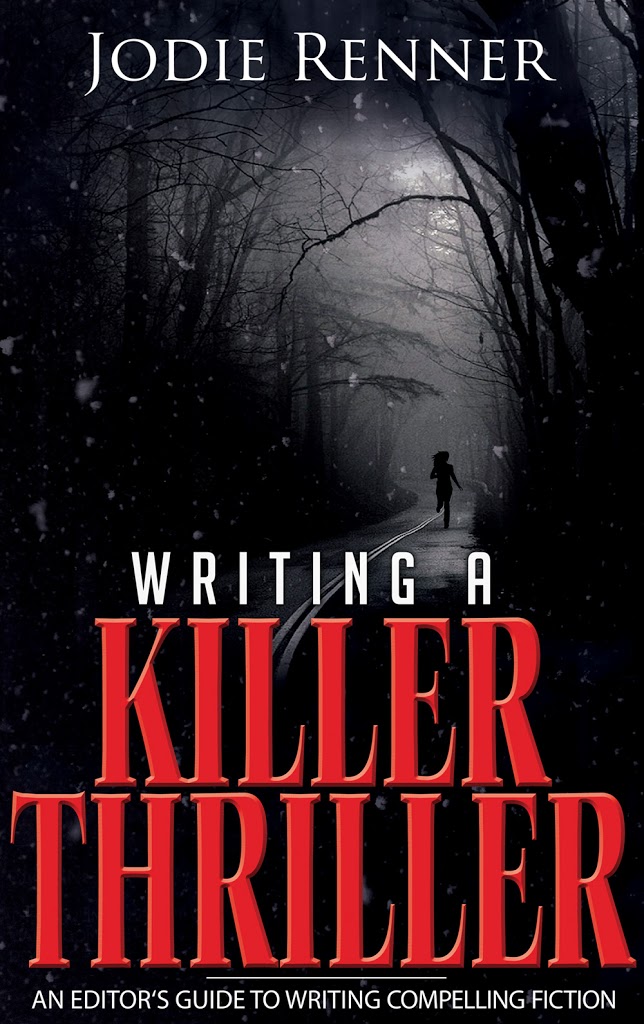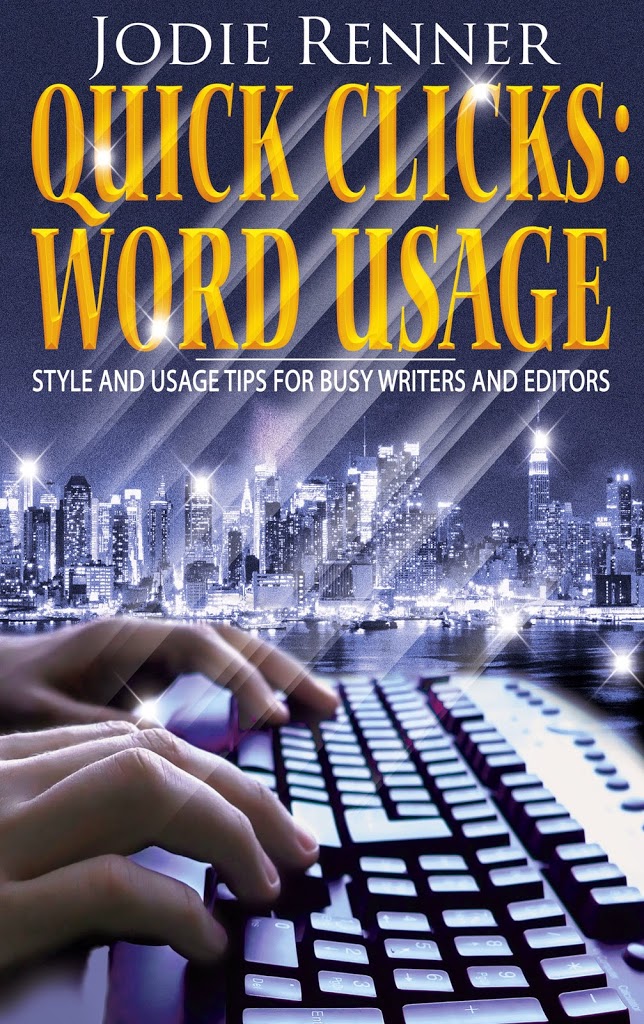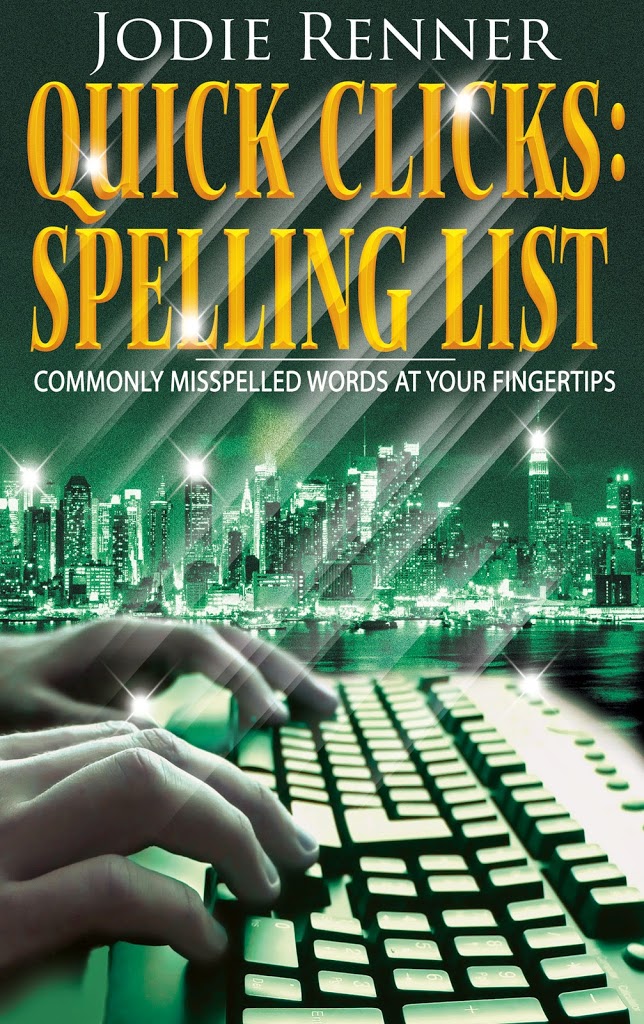by James Scott Bell
@jamesscottbell
 We’ve often discussed here the different approaches to writing a novel. In dualistic terms, we sometimes use the terms “plotters” and “pantsers.” Or, “outliners” and “intuitive (or discovery) writers.” There are some ’tweeners (“plantsers”), too. Doesn’t matter, as long as the author creates a finished work that’s the best he or she can do.
We’ve often discussed here the different approaches to writing a novel. In dualistic terms, we sometimes use the terms “plotters” and “pantsers.” Or, “outliners” and “intuitive (or discovery) writers.” There are some ’tweeners (“plantsers”), too. Doesn’t matter, as long as the author creates a finished work that’s the best he or she can do.
But that’s on the macro level. Today I want to focus on the micro level—the scene—and make a pitch for the mini-outline.
A scene is a unit of action, usually defined by a single setting and linear time. To work as dramatic action, there needs to be a viewpoint character with a scene goal—the Objective—who is met with conflict—the Obstacle(s). The scene ends with the Outcome, which can be failure, setback, or portent.
The occasional success is allowed, but should lead to more trouble. Like in that great pet-the-dog scene in The Fugitive where Kimble, posing as a hospital custodian, checks a kid’s x-ray and determines he needs the operating room, stat. He changes the orders in the elevator. And saves the kid’s life. Success! Ah, but a doctor saw him looking at the film, confronts him, and calls security. Trouble!
All right, you’re about to write a scene. You know who the viewpoint character is.
You can pants it. Or you can plan it. This is our micro issue.
Some simply start writing, letting the scene unfold in their head as they take it down. Like transcribing a movie playing in the mind.
The other way is to take a few minutes to think about the three Os listed above.
Objective—Who is the viewpoint character? What does this character want to achieve in the scene? (As Vonnegut once said, a character has to want something, even if it’s just a glass of water.)
Obstacles—Brainstorm possible areas of conflict, e.g., another character with an opposing agenda. Or physical barriers (the bridge is out; the building is locked). Make a list, push past the familiar, then choose the best ones.
Outcome—I see five possible scene endings: 1) success; 2) success, but with a cost; 3) failure; 4) failure with a setback (the situation gets worse); and 5) open-ended (we have to wait for the outcome. This is a staple of multiple POV thrillers, cutting away from one scene to another scene with a different POV).
Writing with this mini-outline enables me to pick the best course among many possibilities. It also helps me to avoid clichés and stereotypes, which are often the first things that come to mind when you simply start writing a scene.
In short, I dig up the best nuggets with a few minutes of brainstorming instead of writing a scene, seeing what I came up with, and doing a lot of fixing. I’ll still have things to fix, but I do that with light editing of my previous day’s work. (Whatever approach, it’s the fixing that is the key to writing books that actually sell and not just take up space. That’s why I wrote a new writing book up for a pre-sale deal now.)
I’ll give you an example from my WIP, my next Mike Romeo thriller. I have a scene where Romeo goes to a house that used to be owned by a key witness. His Objective is simple: find out where the guy moved to.
In my head I had Mike knocking on the door and hearing a voice ask what he wants. Mike lays it out, but the voice refuses to answer the question, tells Mike to go away. There’s an Obstacle. Despite his best attempts at persuasion, the Outcome is failure.
That was my first thought, and it wasn’t enough. Had I written it out and moved on, I know I would have been disappointed upon revision.
So I brainstormed. First, more Obstacles. I thought about the setting. What else was there? How about a smell? Maybe dust…or smoke…ah! Popping into my mind: the odor of marijuana. The “sweet, skunky” smell of burning hippie lettuce. Where would that come from?
Why, the house next door. I brainstormed who it might be. Not one, not two, but three young guys, in folding chairs by a car they are presumably working on, passing around a pipe.
Mike asks them if they knew the guy who lived next door. Their answers are less than helpful, but sure does make them laugh. Mike tries the house across the street and this time it’s a thin old guy on a lawn tractor holding a hoe like a lance. Reminds Mike of Don Quixote. They guy is a misanthrope, not helpful at all.
So after three Obstacles, the ultimate Outcome was failure. Mike doesn’t get the answer he’s looking for.
What follows is a reaction beat. A full reaction beat is made up of Emotion, Analysis, and Decision. (Many of you will recognize all this as the Swain/Bickham “scene and sequel.”
Which we can go into another time.)
Point is I came up with a scene that works for my WIP, with ideas formed with a few minutes of brainstorming.
So I ask: What is your approach to scene writing? Fly into it? Plan it out? Something in between?




